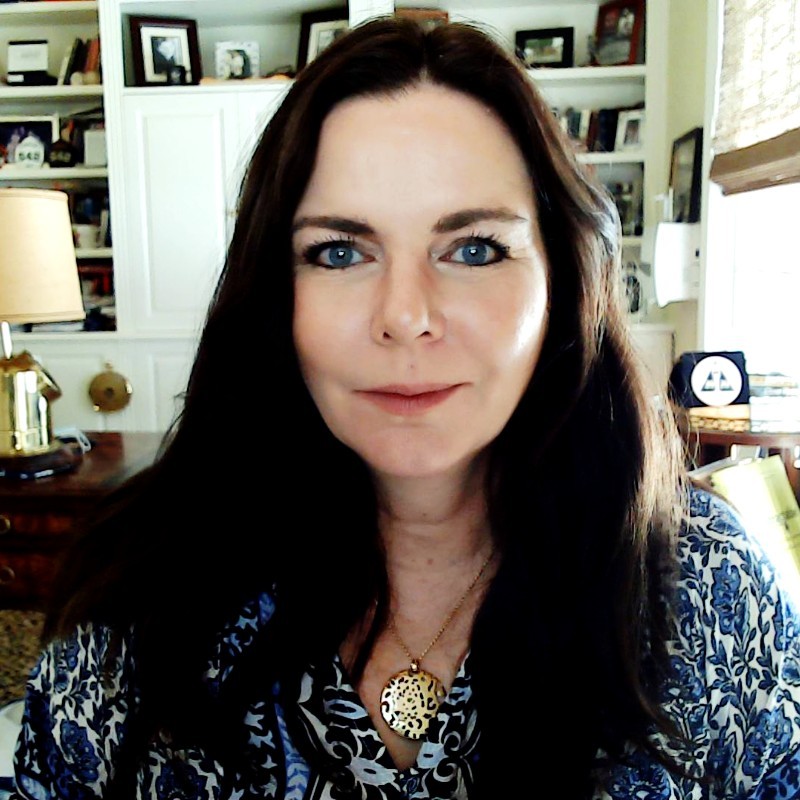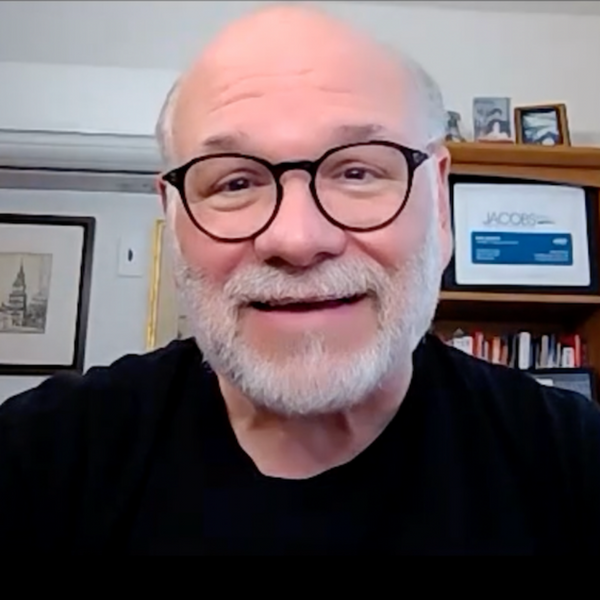Cat Colella-Graham on Leaders and the Future of Work
By Ken Jacobs
September 2022
Cat Colella-Graham has more than 20 years of experience in human resources and internal communications, with a focus on executive thought leadership, talent, and diversity, equity and inclusion.
Colella-Graham is now an employee experience consultant. She founded Cheer Partners, an employee-experience agency, which the Lippe Taylor Group acquired in March 2021.
Before Cheer Partners, she was executive vice president and global head of people and acquisitions at Ruder Finn. Among other previous agency positions, she was Rubenstein’s first human resources director. She is also a founding member of the Diversity Marketing Consortium.
Here, Colella-Graham discusses the future of work, the concept of leadership and the challenges facing women as leaders.
How do you foresee the future of work?
The future of how we work will be employee-led and focused on community. Why and how we connect will be more streamlined and intentional. Employee advocacy has already made substantial changes, but this will continue and will yield better results. In many ways the pandemic created a movement.
When employees were forced to work remotely, they spoke up and leaders heard them. As a result, we now have policies and resources to help employees manage the separation of work and life.
The four-day workweek is a novel idea that can work. That said, for many it wouldn’t help balance their work and personal lives because emails still arrive on your day off. Most employees are tempted to answer those messages, in the hopes of making their next workday less stressful.
How do you define leadership?
I believe certain people are leaders, no matter their level. Leadership is the ability to see into the future and to create pathways to achieve results. Leaders, while they can be doers themselves, should provide the tools to enable managers and employees to do their jobs with the resources they need, and recognize their achievements.
The foundational quality that leaders must engender in others is trust. Without trust, leaders are ineffective. With it, leaders can inspire, engage and create a community of achievement.
The account executive who innovates with a hack in approach or activation is a leader, as is the office manager who sees how things can be improved and then implements an efficiency from which we all benefit.
You’re a founding member of Chief, a private network built to help more women reach positions of power and stay there. What are the three biggest challenges women leaders face today?
First, as we all know, pay parity is an issue for women. While there has been progress, it remains a global issue for all industries. Chief was founded to create a community of C-suite women who together can achieve more for themselves and for those coming up.
Second, there are assumptions made of women leaders. There’s a great TEDx talk by my friend Kristin Pressner, who illustrates how people, including women, assume that women take care and men take control. She offers the idea of, “When in doubt, flip it to test it.” as a way to address the biases we may all have, but is particularly effective for gender bias.
Third, is to add more women, particularly women of color, to leadership and board positions — not for the optics, but for the insights they lend. It may mean building a bigger table, but that table will be stronger for it.
What can the PR profession do to get more women into positions of power?
While there are many women leaders, women are still not treated with parity in our industry. Moreover, in order to compete with men, women are often in conflict, rather than in concert, with one another. That’s because they feel they need to do what it takes to get their seat at the table, even if that means competing with their female peers. It’s “girl-on-girl crime,” as Tina Fey’s character famously said in the movie “Mean Girls.”
We need to recognize this is an issue and to galvanize the whole community, no matter their gender, to treat each other better, support each other and clap for each other. Just because I rise doesn’t mean I will do it over you. We can rise together.
You’re a founding member of the Diversity Marketing Consortium. How can the PR profession continue to diversify its ranks?
This is something of which I’m super proud. Greg Mondshein and I felt strongly that our industry needed to do more than cut a check during heritage months or pop up a LinkedIn post in times of social injustice. Your audio must match your video.
I think the profession first needs to recognize we need to commit to supporting female and diverse-founded startups, not for the optics, but because they represent the communities in which we live and operate.
Second, our industry always laments that we can’t hire diverse candidates because there aren’t any. That simply is not true. Consider what the LaGrant Foundation in Los Angeles has long been doing to increase the number of minorities in advertising, marketing and public relations by providing scholarships and workshops.
Consider how you are cultivating diverse talent at their early stages. While many agencies are now [recruiting talent] from HCBUs, it’s also about how you welcome, train and give diverse employees their share of voice. It starts with an intentional commitment and following through. There are so many resources to support diverse and inclusive communities. There are no barriers to increasing diversity in our industry.



